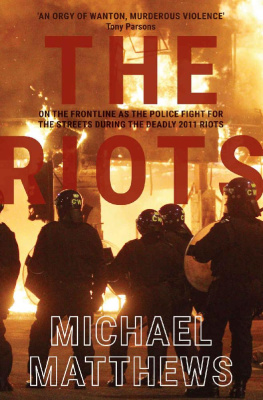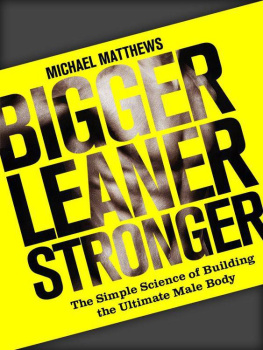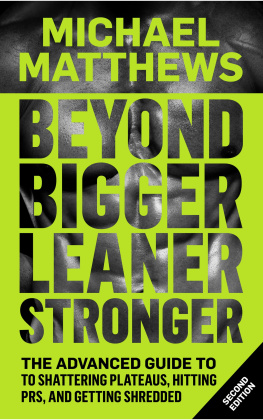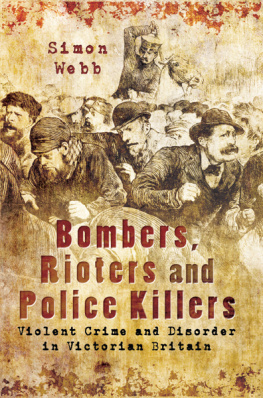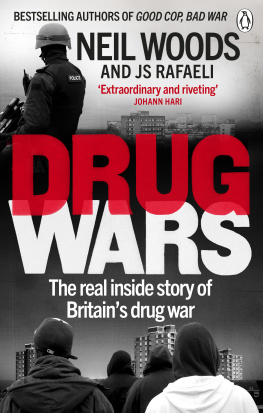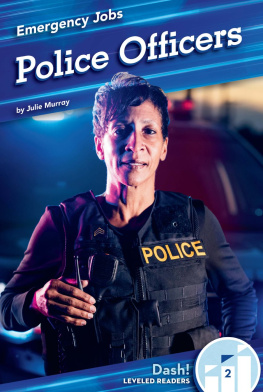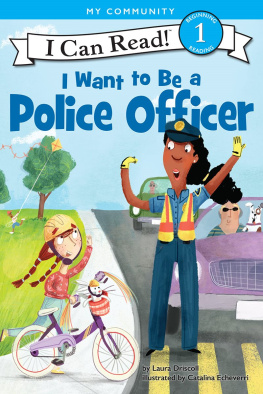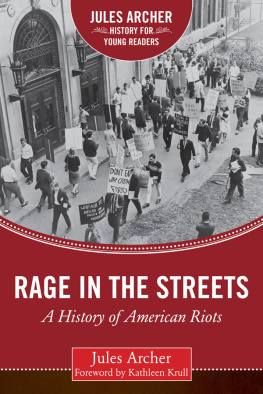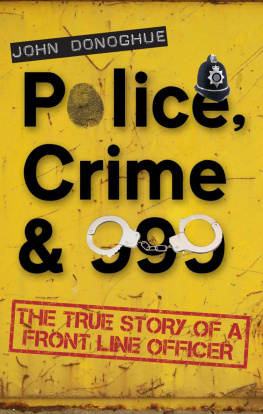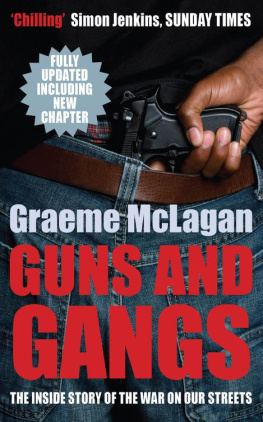Contents
THE RIOTS
Michael Matthews
SILVERTAIL BOOKS London
Michael Matthews spent more than 20 years as a police officer in London. He is a keen traveller, writer and photographer and has had articles and photographs published in numerous books, newspapers and magazines. He has appeared on radio and television in the UK, USA and Canada commenting on crime and issues around policing. The Riots is his second book. His first, We Are The Cops , was a collection of real-life stories from US police officers and was a Kindle Non-Fiction number 1 bestseller. He has vast knowledge of American policing and continues to spend time working with US police departments. Michael likes eating lobster and watching ballet (yes, ballet). He now lives in Canada.
To my father Robert, PC 248H/548Q/CO678, who held the line more than once in the 1960s
We always win, dont we? We always win because were the Old Bill and weve got good on our side. But during those nights, I remember thinking: Fuck me, theres potential for this to go very, very wrong. Weve lost control. We could actually lose this.
Metropolitan Police riot officer
Introduction
On Thursday 4 th August 2011, Mark Duggan, a 29-year-old from Tottenham, north London, went to Leyton in east London to collect a gun from drug dealer called Kevin Hutchinson-Foster. The gun was a BBM Bruni Model 92 a blank-firing replica of a Beretta 92. But this replica had been converted and was now capable of firing live rounds.
Just after 6pm, minutes after collecting the gun, Duggan was travelling in a mini cab along Ferry Lane in Tottenham Hale, north London. Unknown to Duggan, police had been carrying out surveillance on him, and the cab, a silver Toyota Estima people carrier, was being followed by members of SCD11 Operation Trident, the Metropolitan Polices Specialist Crime Directorates gang and gun crime unit. They were supported by officers from the Mets Specialist Firearms Command, CO19, and all travelled in unmarked cars.
Knowing Duggan was now armed, the police vehicles put in a hard stop on the cab, surrounding it and forcing it to come to a halt. As they did so, Duggan, who was sitting in the back of the cab, opened the door and got out. An officer from CO19, believing that Duggan was holding the gun and fearing for his own life and those of his colleagues, opened fire with a Heckler and Koch MP5 semi-automatic carbine, the type of weapon you sometimes see officers carrying at Heathrow Airport or outside Downing Street. The officer fired two bullets. One hit Duggan in the arm, the other in the chest.
Duggan was obviously seriously injured and police officers immediately started carrying out first aid on him. Paramedics from the London Ambulance Service along with medical staff and crew from the Helicopter Emergency Medical Service HEMS arrived to help, but his injuries were too serious for him to be saved, and at 6.41pm Mark Duggan was pronounced dead.
The reasons for Mark Duggan having the gun are a matter of dispute. It has been alleged that Duggan was a drug dealer and gang member and that he intended to carry out a shooting in revenge for the murder of his 23-year-old cousin, Kelvin Easton, who was stabbed to death at an east London nightclub in Mile End a few months previously. But this has never been proved.
Following a protest outside Tottenham police station on 6 th August 2011 two days after Mark Duggan was shot a crowd turned on the police, attacking them and setting two police cars on fire. This was the start of what would become five days of the worst rioting that the country had seen in many years. Across England, hundreds of police officers were injured, thousands of people were arrested and five died all just a year before the 2012 London Olympics. During the rioting, police resources were so dangerously stretched that there were genuine fears that the country would be lost, with some even calling for the army to be deployed.
Shootings by police are, thankfully, a very rare event in the UK. Entire years can pass without a single death from police firearms (compare this with the United States, where cops kill hundreds of people every year). Although the shooting of Mark Duggan is often cited as the reason for the rioting, other commentators have laid the blame on the police, stating that the relations between police and the young had deteriorated for reasons such as excessive use of stop and search something that has been a contentious issues for decades. Others have blamed social issues, and commented on a lack of opportunities, unemployment and poverty. Perhaps all these reasons played a part or, as others have claimed, perhaps it was simply bad people wanting to do bad things and hoping they would get away with it.
Regardless of what caused the troubles, it is significant that they began in Tottenham. This is an area that has seen tension between the police and the local community for decades. Broadwater Farm, also known as The Farm, is a large, late 1960s housing estate in Tottenham with close to 4,000 residents, and it was the site of the dreadful riots of October 1985, which with the 2011 riots were inevitably compared. The Independent newspaper even ran a cartoon, depicting police riot officers standing by a burning number 1985 double decker bus, showing the destination Broadwater Farm and with the movie title Back to the Future emblazoned across the advertising panel on its side.
The fact that the riots started in Tottenham added an element of anxiety for all involved in dealing with the violence, especially the police, because of the horrific murder of PC Keith Blakelock on 6 th October 1985. While trying to protect fire fighters who were under attack from rioters in Broadwater Farm, PC Blakelock was hacked to death by a mob of rioters in a stairwell on the estate. Every police officer knows Keith Blakelocks name, and they know every detail of his murder.
I spent a number of years as a Level 2 public order trained officer and worked at many major events and demonstrations, including a few that went sideways. Things can change very quickly from standing around chatting with seemingly friendly demonstrators to suddenly having to raise your riot shield to protect yourself from falling missiles. It can be a frightening experience, especially when you remember that you have to follow the rules and act within the law whereas those attacking you have no such restrictions or concerns. No police officer is ever looking to kill a rioter, but some rioters look to kill police officers.
Whenever I found myself fully kitted up with my protective riot uniform and equipment and entering a violent situation, Keith Blakelocks name was always at the front of my mind. His death will always stand as a reminder of just how dangerous being a police officer in a riot can be. It didnt change my attitude to the role of being a public order officer but it was something I was always conscious of whenever I pulled on my riot helmet. And I was not alone with those thoughts. Many other officers, including some who appear in this book, felt the same.
Remarkably, even though it was 26 years later, some officers on the streets during the 2011 riots were also on duty during the Broadwater Farm disturbances. One officer told me how he heard the news of Keith Blakelocks murder in 1985 on his car radio while driving home after his shift. He pulled over and wept. Years later he saw PC Blakelocks bloodied overalls at the Black Museum (now called the Crime Museum, and only open to serving police officers and staff) at New Scotland Yard.
One chief inspector working at Tottenham during the 2011 riots was a young constable during the riots of 1985. A few hours before Keith Blakelock was killed, he remembered how the situation had become so bad that he was worried an officer would be murdered. During the first night of the 2011 riots, he felt those same fears.

